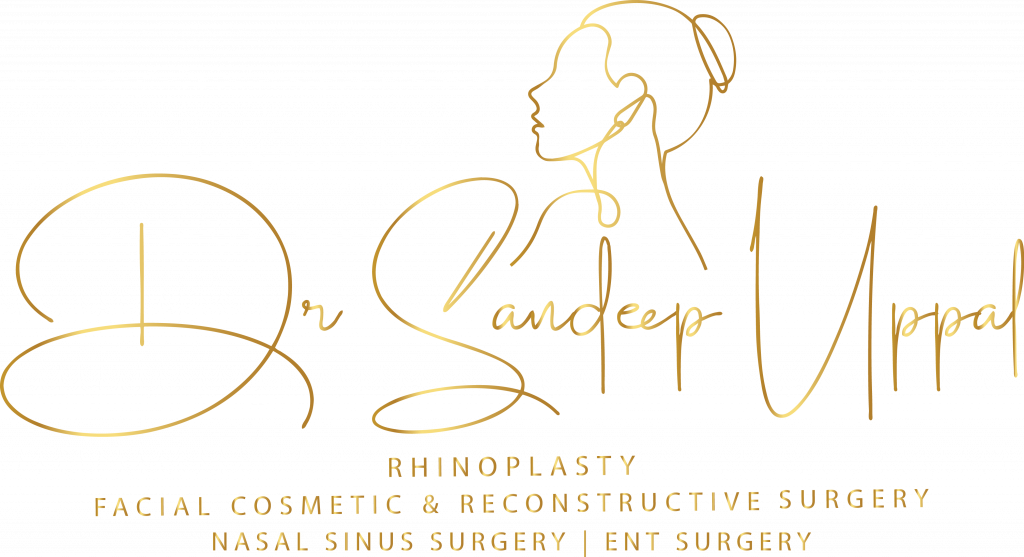ETHNIC DIFFERENCES IN UPPER EYELID ANATOMY

EYELID ANATOMY
Before we talk about double eyelid surgery in Asians it is important to understand how the anatomy of the upper eyelid varies among different ethnic groups, and there are distinct differences between Caucasian and Asian eyelids. These anatomical differences have implications for cosmetic and reconstructive procedures.
Dr Sandeep and his team are aware of these variations and use them to achieve natural-looking results. Our approach is to prioritize the unique aspects of everyone’s ethnic background to ensure that the outcomes of their procedures, while enhancing the client’s natural features, also maintain and honour their ethnic identity. For example, double eyelid surgery (Asian blepharoplasty) aims to create a crease in the upper eyelid for those who desire it, but the goal is often to achieve a result that looks natural for an Asian face, rather than trying to replicate a Caucasian eyelid.
Here’s a breakdown of the primary differences between Asian and Caucasian upper eyelids:
BROW POSITION
Caucasians: The brow position is typically higher.
Asians: The brow position is generally lower, closer to the eyes.
EYELID CREASE
Caucasians: Most Caucasians naturally have a well-defined eyelid crease. The crease is typically situated about 7-10 mm above the eyelashes.
Asians: Many Asians have what’s referred to as a “monolid” or a “single eyelid,” which means there’s no visible crease. However, it’s worth noting that not all Asians lack this crease; some have a low or partial crease.
EYELID SKIN
Caucasians: The skin is often thinner, which can lead to earlier signs of aging, such as wrinkles and sagging.
Asians: The skin is generally thicker, which can contribute to the absence of a crease. This thicker skin can sometimes delay the appearance of wrinkles.
FAT DISTRIBUTION
The distribution of fat in the Asian eyelid, combined with the levator aponeurosis’s attachment, can contribute to a fuller or puffier appearance of the eyelid. The septum, which usually holds back fat in the eyelid, may be weaker or have a different attachment point in some Asians, allowing fat to protrude more anteriorly.
EPICANTHIC FOLD
Caucasians: Rarely present.
Asians: Many Asians have an epicanthic fold, which is a skin fold of the upper eyelid that covers the inner corner of the eye. This gives the eye a more almond-shaped appearance.
POSITION OF THE LEVATOR APONEUROSIS
CAUCASIANS
The levator aponeurosis is a critical structure in the formation of the eyelid crease, especially in Caucasians. It’s an extension of the levator muscle, which is responsible for elevating the upper eyelid. The way this aponeurosis inserts into the skin and underlying structures plays a significant role in the appearance of the eyelid crease. Here’s a breakdown of its role in the formation of the Caucasian eyelid crease:
ANATOMY AND INSERTION
In Caucasians, the levator aponeurosis extends anteriorly (forward) from the levator muscle. As it progresses forward, it fans out and inserts into the skin and the tarsal plate of the upper eyelid. The anterior insertion of the levator aponeurosis into the skin is what creates the eyelid crease in Caucasians. When the levator muscle contracts, it pulls on the aponeurosis, which in turn pulls on the skin, creating the crease.
POSITION OF THE CREASE
The position of the eyelid crease in Caucasians is typically higher than in many Asians, situated about 7-10 mm above the eyelashes. This higher position is due to the more anterior attachment of the levator aponeurosis.
SURGICAL CONSIDERATIONS
Double eyelid surgery, or Asian blepharoplasty, often involves manipulating the levator aponeurosis to create a crease. Surgeons may use sutures or make incisions to adjust the aponeurosis’s attachment, resulting in a crease that looks natural for an Asian face.
CONCLUSION
The levator aponeurosis plays a pivotal role in the formation and position of the eyelid crease in Caucasians. Its anatomy and function are fundamental considerations in both cosmetic and reconstructive eyelid surgeries.
ASIANS
The levator aponeurosis in the Asian eyelid plays a significant role in the unique anatomical features of the Asian upper eyelid. Its attachment and interaction with other eyelid structures influence the presence or absence of an eyelid crease, which is a distinguishing characteristic among many Asians. Here’s a breakdown of the role of the levator aponeurosis in the Asian eyelid:
ANATOMY AND INSERTION
The levator aponeurosis is an extension of the levator muscle, responsible for elevating the upper eyelid. In many Asians, the levator aponeurosis has a more posterior (rearward) attachment compared to Caucasians. This means it attaches closer to the tarsal plate and further from the skin. Due to this posterior attachment, the force exerted by the levator muscle doesn’t create a pronounced crease in the skin, leading to the characteristic “monolid” appearance in many Asians.
PRESENCE OR ABSENCE OF THE CREASE
The position and attachment of the levator aponeurosis largely determine whether an Asian eyelid has a crease (double eyelid) or lacks one (single eyelid or monolid). Not all Asians lack an eyelid crease. Some have a low or partial crease, and this can vary widely based on individual anatomy and regional differences within the Asian population.
Asian eyelids exhibit a variety of crease types, and the presence, absence, or specific shape of the eyelid fold can significantly influence an individual’s appearance. Here are some of the common types of eyelid folds found in Asians:
- Single Eyelid (Monolid): This type lacks a defined crease, resulting in a smooth extension from the lash line to the brow without a visible fold. The eyelid may appear fuller or puffier due to the absence of the crease.
- Low/Partial Crease: A faint or incomplete crease is present, but it’s positioned closer to the lash line compared to typical double eyelids. The crease might not extend across the entire width of the eyelid.
- Double Eyelid: A clear crease is present, similar to the eyelid fold seen in many non-Asian populations. However, the specific shape and position of the crease can vary widely among Asians. Common subtypes include:
- Parallel Crease: The crease runs parallel to the lash line across the eyelid.
- Tapered Crease: The crease starts from the inner corner of the eye and tapers outwards, merging with the lash line towards the outer corner.
- Nasal Taper: The crease starts tapering from the inner corner and becomes parallel as it extends outward.
- Multiple Creases: Some individuals have more than one crease on their eyelid, leading to a layered or tiered appearance.
- Infratarsal Crease: This type of crease is positioned very close to the lash line, creating a very subtle double eyelid appearance.
- Epicanthic Fold: Many Asians have an epicanthic fold, which is a skin fold of the upper eyelid that covers the inner corner of the eye. This gives the eye a more almond-shaped appearance and can influence the perceived shape and position of the eyelid crease.
- Lateral Flare: In this type, the crease flares up and outward towards the outer corner of the eye.
The diversity in eyelid shapes and creases among Asians is vast, and these variations are influenced by genetics, regional differences, and individual anatomy. When considering cosmetic procedures like double eyelid surgery, it’s essential to recognize and respect these variations to achieve natural and culturally sensitive results.
- Fat Distribution: The distribution of fat in the Asian eyelid, combined with the levator aponeurosis’s attachment, can contribute to a fuller or puffier appearance of the eyelid. The septum, which usually holds back fat in the eyelid, may be weaker or have a different attachment point in some Asians, allowing fat to protrude more anteriorly.
- Surgical Considerations: Double eyelid surgery, or Asian blepharoplasty, often involves manipulating the levator aponeurosis to create a crease. Surgeons may use sutures or make incisions to adjust the aponeurosis’s attachment, resulting in a crease that looks natural for an Asian face.
Understanding the anatomy of the levator aponeurosis and its variations in the Asian population is crucial for achieving desired surgical outcomes.
CONCLUSION
The levator aponeurosis’s role in the Asian eyelid is fundamental to the unique anatomical features seen in this population. Whether for cosmetic or functional reasons, any surgical intervention involving the Asian eyelid requires a deep understanding of this structure and its variations.
BOOST YOUR LOOK WITH UPPER EYELID SURGERY: BOOK YOUR APPOINTMENT TODAY!
Discover the benefits of Upper Eyelid Surgery in not just revitalizing your eyes but also in achieving a more youthful, overall facial harmony. Secure your consultation with Dr Sandeep today to begin your transformation toward a more refreshed and youthful you. Our aim is to help you achieve your aesthetic goal to boost your confidence.


